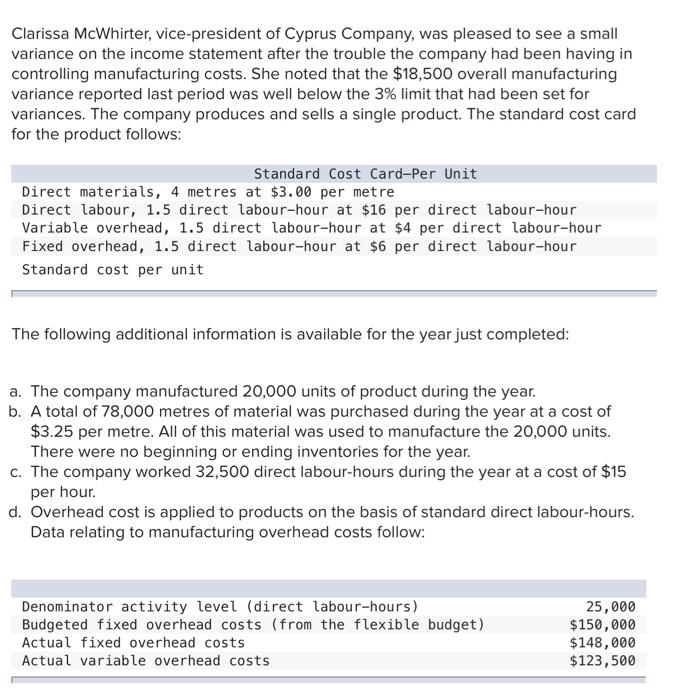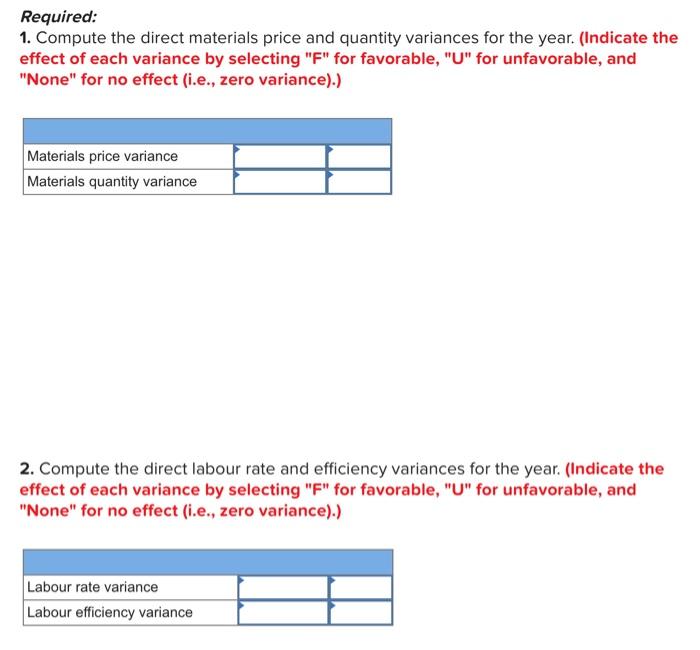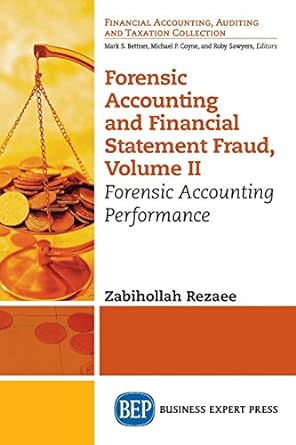Answered step by step
Verified Expert Solution
Question
1 Approved Answer
Please Read: Redo the question assuming the company purchased 80,000 metres @ $3.23 and used 78,000 metres to manufacture the 20,000 units. Then show calculations
Please Read:
Redo the question assuming the company purchased 80,000 metres @ $3.23 and used 78,000 metres to manufacture the 20,000 units. Then show calculations and answer the blank spaces. Thanks! 




Step by Step Solution
There are 3 Steps involved in it
Step: 1

Get Instant Access to Expert-Tailored Solutions
See step-by-step solutions with expert insights and AI powered tools for academic success
Step: 2

Step: 3

Ace Your Homework with AI
Get the answers you need in no time with our AI-driven, step-by-step assistance
Get Started


